The medlar is native to Southwest Asia. For more than three millennia, it has been cultivated in the region around the Caspian Sea and northern Iran, and was brought to ancient Greece around 700 BC.
Initially, its fruits were used for their medicinal properties, but not as a tasty food. The leaves, bark, flower and seeds were used from the medlar tree. Medlar gained particular popularity during the Roman Empire and the Middle Ages, when its ripe fruits began to be eaten. The good thing about this plant is that it can survive even in temperatures down to -36°C.
In botany, over 40 species of medlar are known, which differ in size and shape. The taste of the fruits is sweet and slightly sour, resembling applesauce. They ripen in late autumn – after mid-October to the end of December. In addition to being eaten fresh, they can be used to make juice and jams.
Indeed, some people avoid them because of their unattractive appearance, which the French even compared to plant excrement. And while they probably won't win any beauty contests, medlars and their health benefits are definitely worth it.

What is medlar good for?
The nutritional value of these small fruits is the same as that of apples and pears. They are an excellent natural diuretic and laxative due to their high fiber content. They strengthen the colon and help with digestion.
The still unripe fruits of the medlar are full of tannin, which disinfects the intestinal flora. Still, medlar is tastiest when its fruit softens and turns brown. The inside part of them turns into a soft puree that easily comes out of the shell.
Medlars are also rich in pectin, which normalizes cholesterol levels. That's why they are suitable food for diabetics. The fruits strengthen the walls of blood vessels and improve vision.
Also, medlars contain as many as four types of organic acids - malic, citric and tartaric. And when fermentation begins in overripe fruits, acetic acid also appears.
Why are they called the fruits of growth?
Medlar is rich in minerals such as iron, phosphorus, sodium, calcium and potassium. It also contains a solid amount of vitamins A, B and C. Thanks to all this, eating more of these fruits will stabilize the iron levels in your body, which is necessary for the production of proteins and hemoglobin.
It is believed that medlars stimulate the growth of cells, and because of calcium they strengthen the bone system and teeth. Therefore, they are especially suitable for children. Also for people recovering from broken bones and limb injuries.
Last but not least, these autumn fruits will help the reproductive system of both men and women. Eating medlars is believed to regulate the menstrual cycle and help with menstrual pain. In addition to everything else, they increase male fertility and reduce the risk of developing prostate cancer.
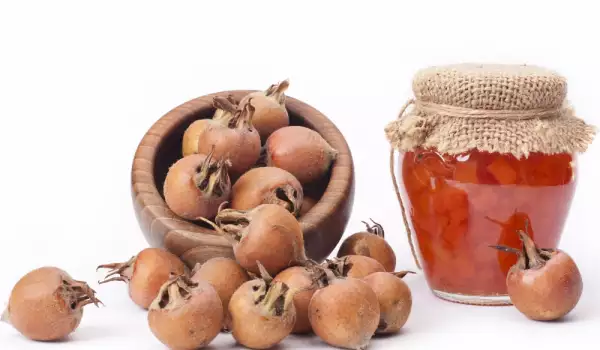
In folk medicine, medlar bark has long been used to treat malaria, as well as asthma and bronchitis.
If you have bleeding gums, you can easily cure them by making a decoction of medlar leaves: brew 20 medlar leaves with half a liter of boiling water. Put it back on the heat for 12 minutes, then strain the broth through cheesecloth.
For gum problems, gargle three times a day for 1 minute. The tea prepared in this way can be drunk - 1 sip three times a day.
If you have skin problems, soak a cotton swab or gauze with the decoction and apply every day.





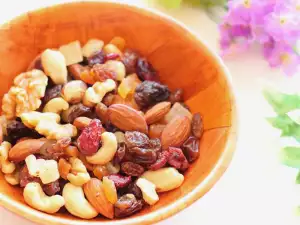


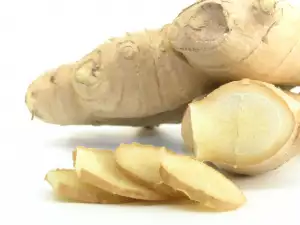




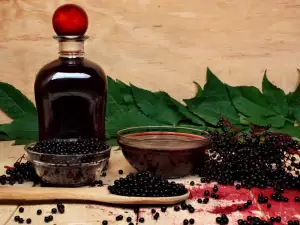
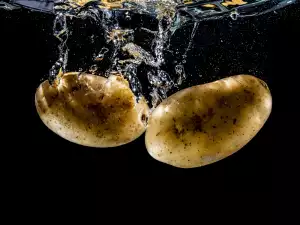





Comments